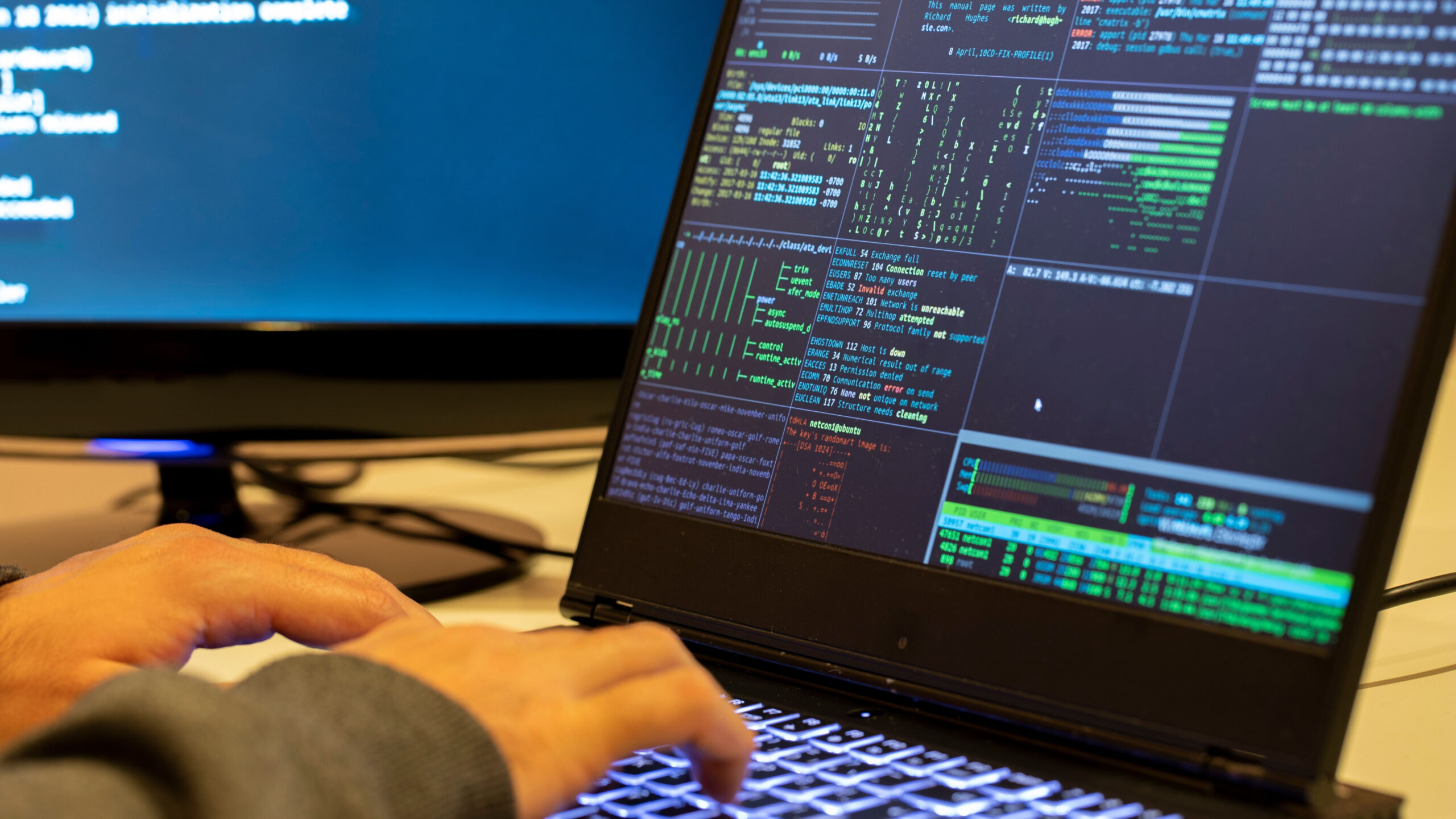Fair Use: What It Is, Why It Matters, How It Relates To Disruption
Copyright’s breadth significantly restricts the ability of the public to build upon existing works without owners’ permission, which is limiting to a whole generation growing up with new tools and technologies making it easier to create, share, and adapt or “remix.” For example, there is an online convention on YouTube videos where uploaders will write disclaimers such as “no copyright infringement intended,” because they genuinely do not perceive their actions as any attempt to exploit the commercial value of a song, even though they are technically exercising the copyright owner’s exclusive right to reproduce, distribute, and publicly perform the work. There are limitations and exceptions to the exclusive rights granted by copyright, such as the fair use doctrine which is codified in 17 U.S.C. §107, that have been developed by judges to fill necessary voids as the legislature allows copyright to grow in strength.
Fair use is the most important and most prevalent exception and limitation to the exclusive rights recognized by copyright law to authors and owners of creative works. Fair use is a judicially-created, legislatively-codified doctrine that allows for limited use of copyrighted material without requiring permission or a license from the copyright holder. The doctrine is an important limitation on copyright, and is fundamental for purposes such as the statutorily delineated “criticism, comment, news reporting, teaching, scholarship, or research,” but has also been extended to uses such as a commercial rap parody, time shifting of television programming using technology for personal use, and creating thumbnails of images for indexing on a search engine. The statute provides four factors:
- Factor one is “the purpose and character of the use, including whether such use is of a commercial nature or is for nonprofit educational purposes.” This factor is often analyzed in terms of the use being “transformative,” which does not necessarily involve physical manipulation; “transformativeness” can be about putting something in a new context.
- Factor two is “the nature of the copyrighted work.” This is the least-significant factor; it just distinguishes between whether something is factual or not, and whether it has been formally “published.”
- Factor three is “the amount and substantiality of the portion used in relation to the copyrighted work as a whole.” Courts tend to favor uses where the amount taken was the right amount to make the point; this does not necessarily mean that the more limited a use is, the better.
- Factor four is “the effect of the use upon the potential market for or value of the copyrighted work.” This market-driven factor is intended to take into account new and emerging markets, and should not preclude transformative markets that were not anticipated by the copyright owner, and thus would not be exploited by them anyway.
These factors are balanced by courts in a fact-specific, totality-of-the-circumstances context. This balancing test means that the doctrine is often regarded as unpredictable and unreliable because courts have a lot of discretion in their analysis. However, there is a lot of benefit to fair use being fluid and flexible, because it allows for new limitations to emerge when there is a need, often due to technological innovation. While an oft-cited historic example is the Betamax case, discussed in prior DisCo posts by Matt and Dan, there have been more recent court opinions that have relied on fair use; Stanford has a fantastic resource cataloging fair use opinions, although it does not appear to have been updated since 2010. Technology and Internet-related examples have included several cases involving search engines caching and crawling content and transforming images into thumbnails (Field v. Google, Kelly v. Arriba Soft, Perfect 10 v. Amazon), a case involving plagiarism-detecting software (the TurnItIn case), and a case involving a parody of YouTube viral videos (the Brownmark case). Additionally, just last week a favorable decision came about in the HathiTrust case. Others have written about the Hathtitrust opinion and what it means for technology, such as Timothy Lee, Sherwin Siy, James Grimmelmann, and Mike Madison.
While some criticize fair use as too subjective, there have been other initiatives to reclaim the importance of this doctrine as a right, and not just a defense to infringement. My alma mater, American University Washington College of Law, along with the AU Center for Social Media, has created ten sets of “Best Practices in Fair Use” reports to encourage creators to affirmatively assert their rights, because community norms are relevant considerations for judges and policy makers to consider. The reports have also changed business practices, leading to all leading documentary filmmaker insurers now taking errors and omissions insurance based on fair use letters. Additionally, CCIA has released several “Fair Use in the U.S. Economy” reports demonstrating the contributions that companies who rely on limitations and exceptions to copyright law make to our economy.
Disruptive innovators innovate without seeking permission from competitors they displace. This often requires relying on fair use, given that digital technologies inherently involve copying, and so technically may be infringing. Maintaining a robust fair use right — and ideally continuing to strengthen and expand it — will ensure continued unhindered creation and innovation (whether disruptive or not). Even if copyright law is eventually updated to better coincide with digital technologies, flexible limitations and exceptions like fair use remain essential, because no one can predict the awesome things that the future will bring.








